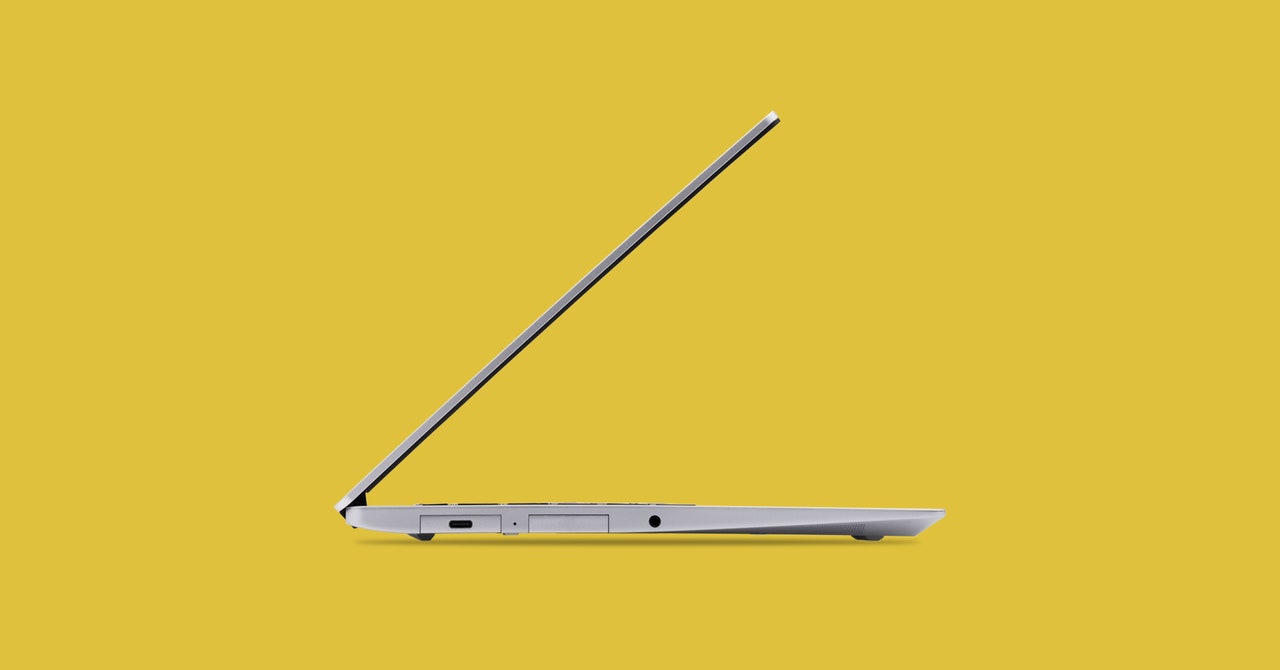
The Framework Laptop 13 is one of those machines almost everyone should buy (if there’s a need for a new computer). It’s powerful, user-serviceable, upgradable, repairable, and more futureproof than any other laptop on the market. I could only come up with two reasons for not buying this machine. The first is that you’re a video editor or gamer, in which case you want a dedicated video card, which this laptop does not offer. The second is that you don’t want to spend more than $1,000 on a laptop (the base prebuilt version starts at $1,049).
For almost every other use case I can think of, the Framework Laptop 13 is as good as its competitors, and it’s repairable, upgradable, and customizable, saving you money down the road. It’s not perfect, but this third version of the Framework Laptop 13 is pretty darn close.
The Perfect Upgrade
To really test the 2023 version of the Framework Laptop 13, I should have kept the model I reviewed last year instead of sending it back to the company. That way, I could test the upgrade process, which involves swapping out the motherboard for the new one. Framework did send me the DIY kit again with the new model, which is somewhat like the upgrade package in that it must be put together. (You can opt for the prebuilt version, which will be completely assembled for you.)
Whether you upgrade or are a first-time buyer picking up a new one, there are three things in the new Framework Laptop 13 that make this a worthwhile upgrade. The first is the larger battery, which got a bump from 55 watt-hours to 61 watt-hours. I don’t know if it’s purely the battery or the 13th-generation Intel chip (or some combination of the two), but battery life is much better this time around—even on Linux, but more on that in a minute.
The second reason to upgrade is the matte screen, because there are matte screens and crap screens, full stop. There’s no annoying glare or reflections. The third improvement is that there’s now an AMD Ryzen-powered Framework. It’s not shipping yet, but you can preorder the AMD boards, which are slated to ship later this year. You can cross-upgrade from an Intel model to an AMD too, though you will have to get new RAM and a new Wi-Fi card as well, which makes it a little more expensive.
Photograph: Framework
For this review, I’ll be looking at the Intel i7 model (with the 13th-Gen i7-1360P processor) or the upgrade kit if you’ve already got an older Framework laptop. The unit Framework provided came with 16 GB of RAM and a 1-TB SSD (a Western Digital SN770, one of our favorite SSDs). This configuration retails for $1,738.
You can configure your Framework with up to 64 GB of RAM and use just about any PCIe Gen4 SSD. A fully maxed-out Framework Laptop 13, with 64 GB of RAM and a 2-TB SSD will set you back $2,018. You can save some money if already have an SSD, or you can start with a slower chip and upgrade just the motherboard down the road.
After all, that’s the main appeal of the Framework—you’re in control. At least, a lot more than you are with a laptop from a top manufacturer. Every component in the Framework has a QR code on it that will take you to webpages that show you how to upgrade and change out your SSD, RAM, speakers, motherboard, and more. I’ve come to think that the existence of the MacBook made the Framework inevitable. It is the repairable yin to Apple’s locked-up yang.
I happen to think that nothing goes as well with repairable, customizable hardware as Linux, a user-centric, customizable operating system. Last time around I installed Linux on the Framework, but this time, the company provided me with a Windows 11 key. I dutifully installed and used Windows long enough to run some benchmarks, perform a battery drain test, and get a feel for day-to-day life on a Windows Framework. And then I pulled that drive out, stuck my own in, and installed Arch Linux. Ah, much better.






